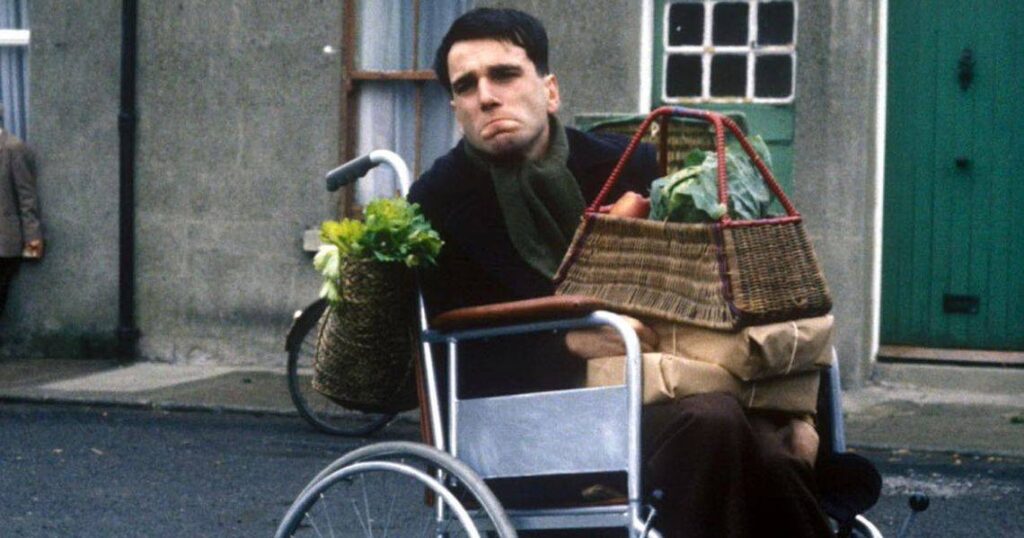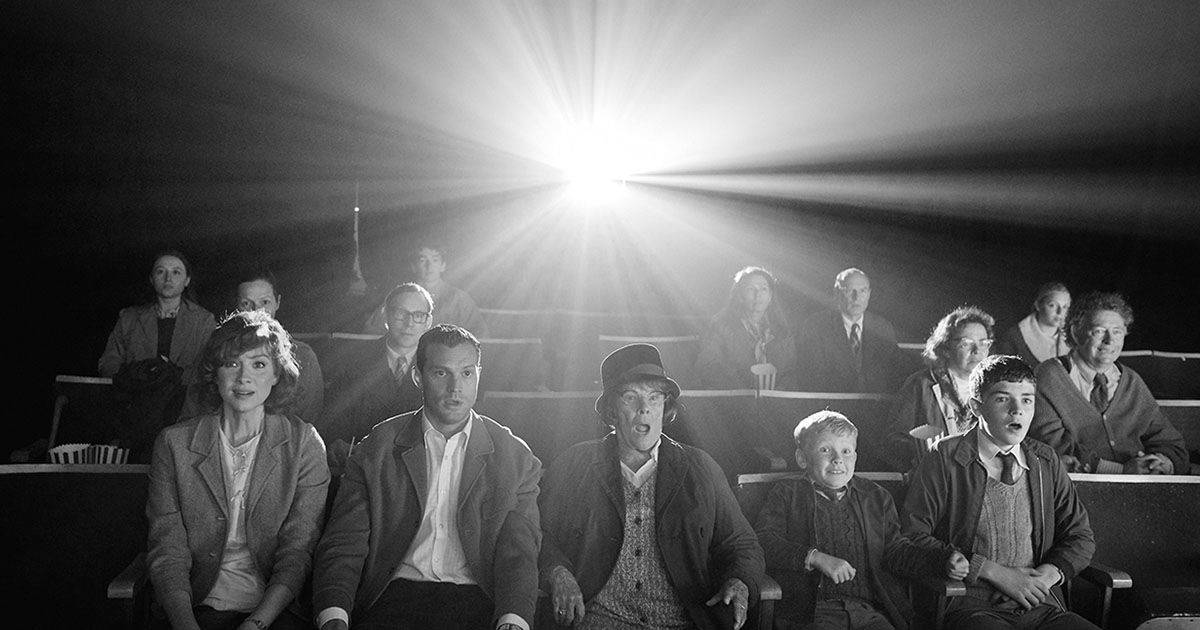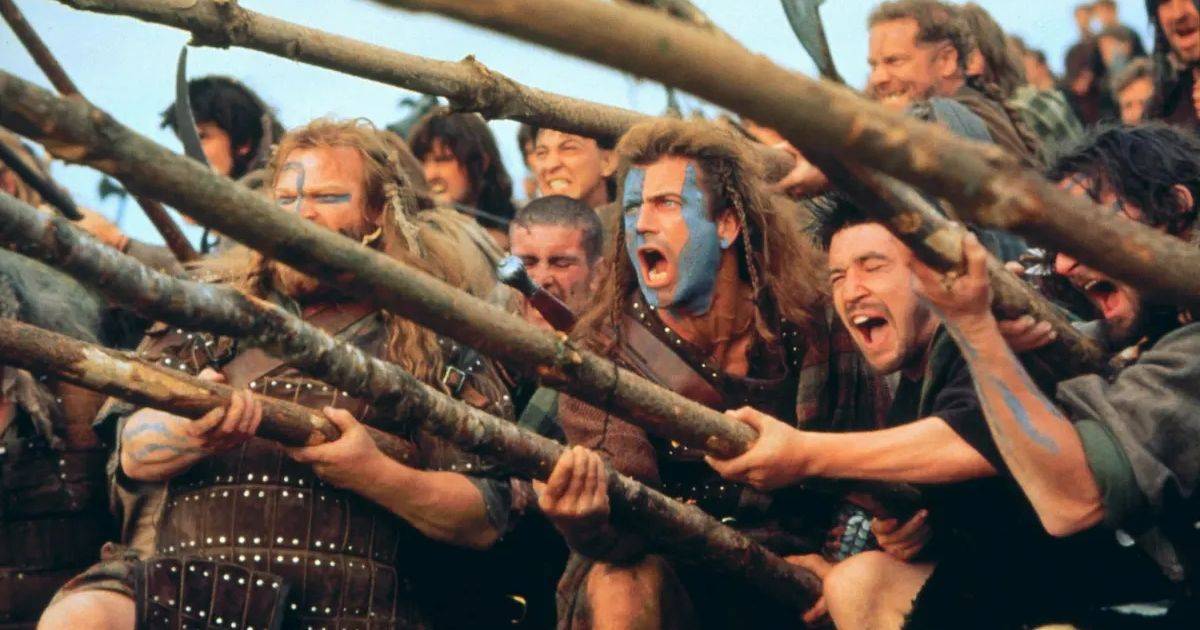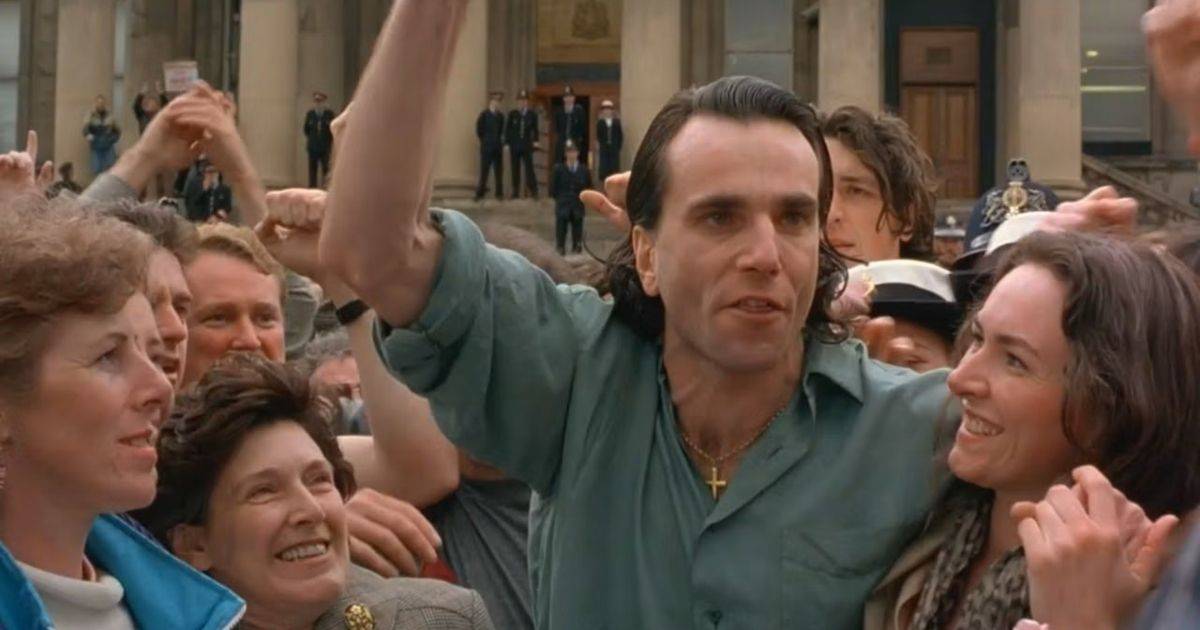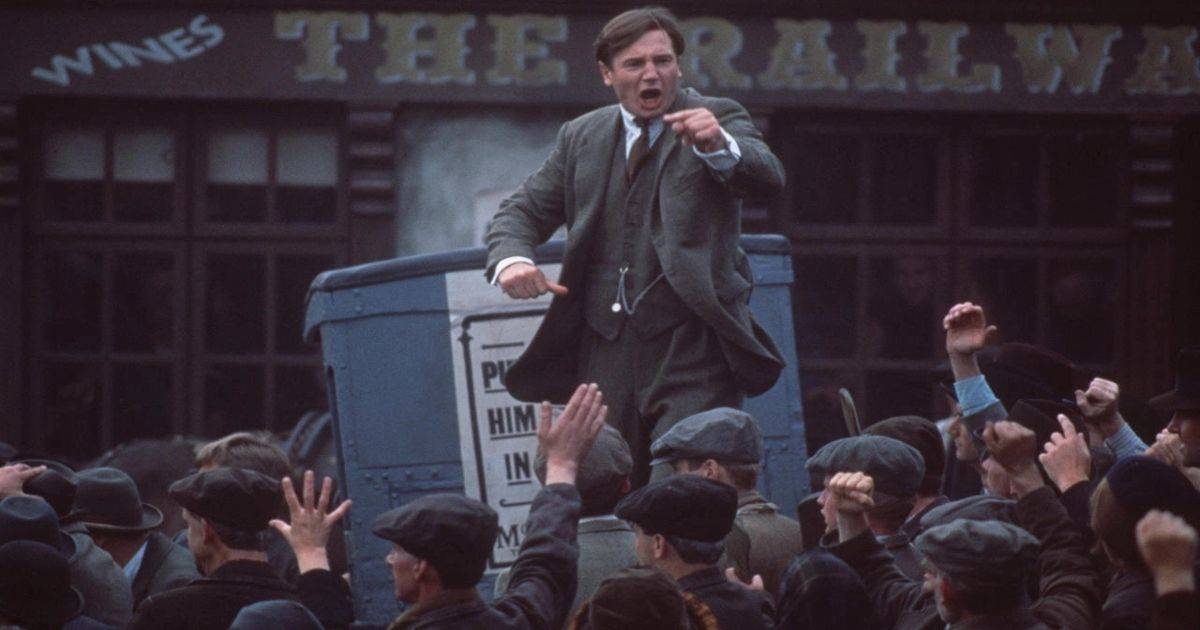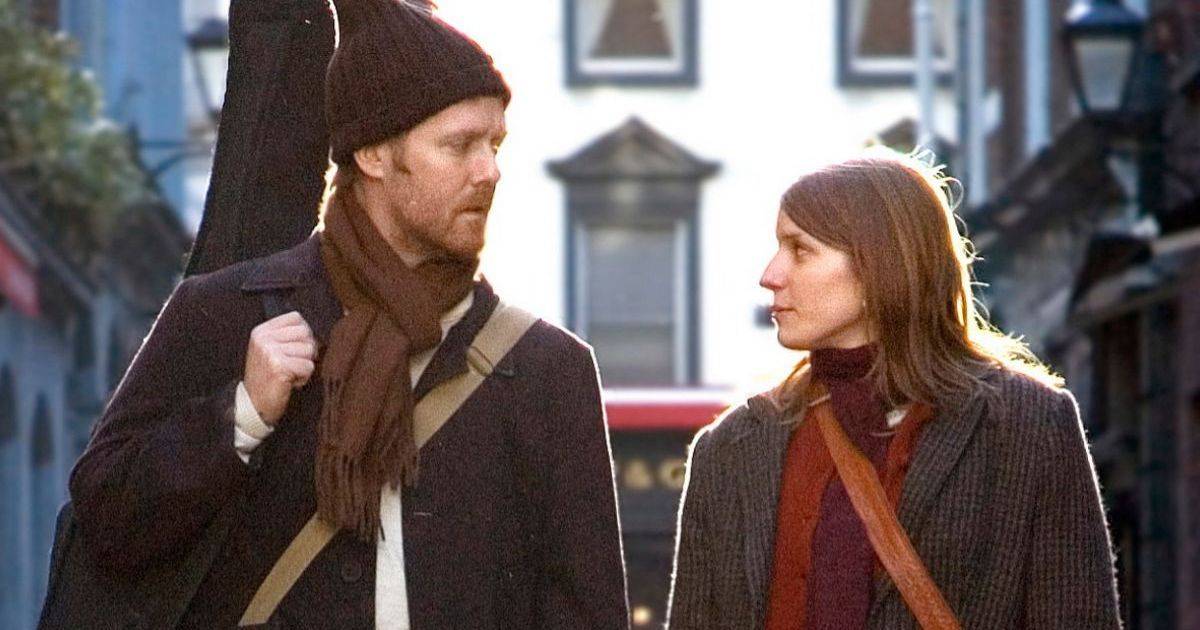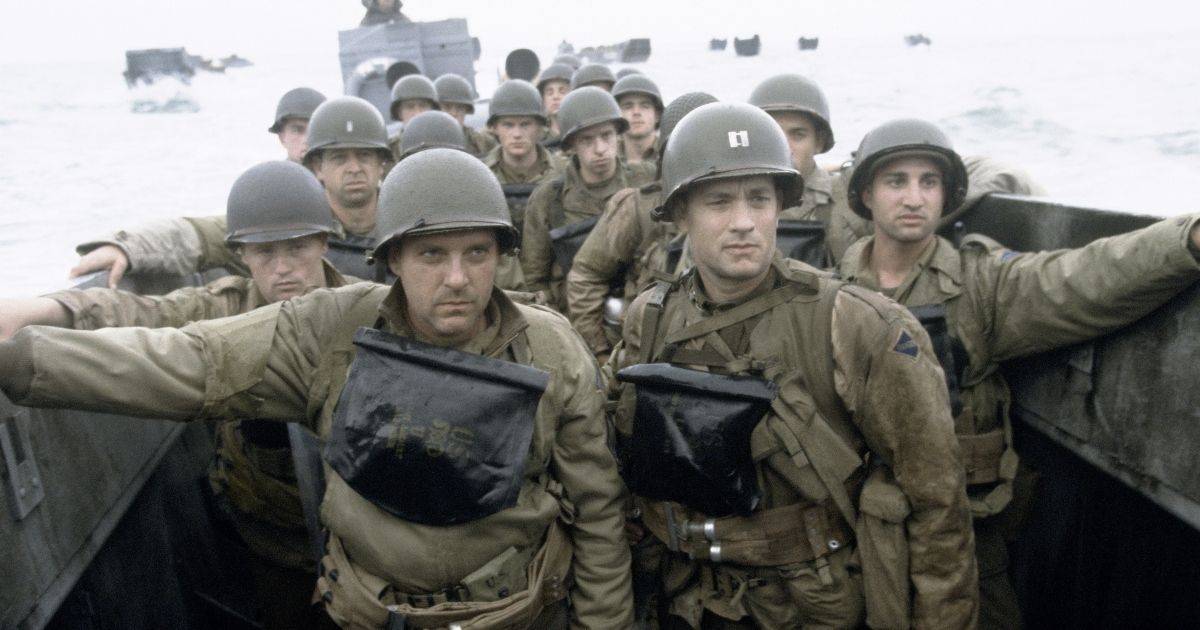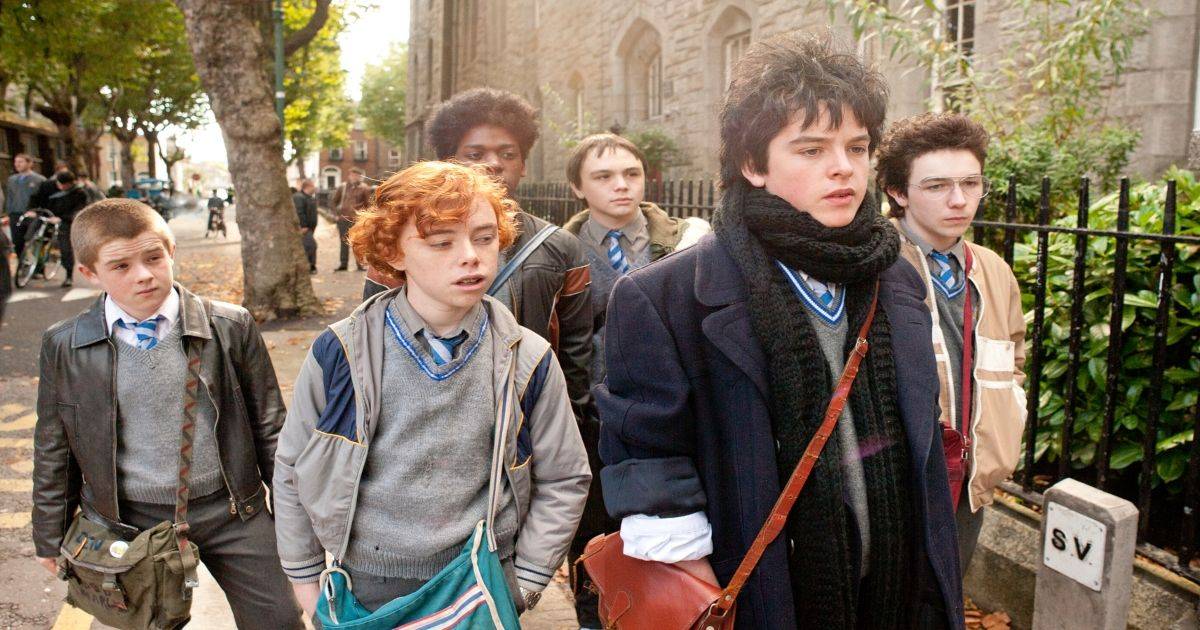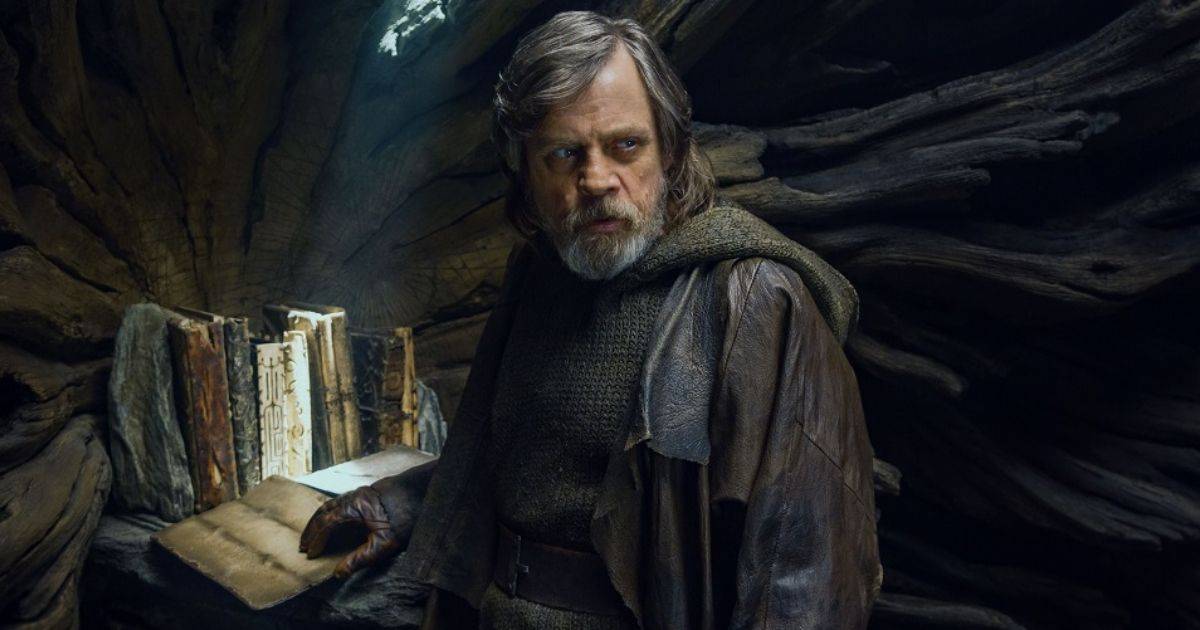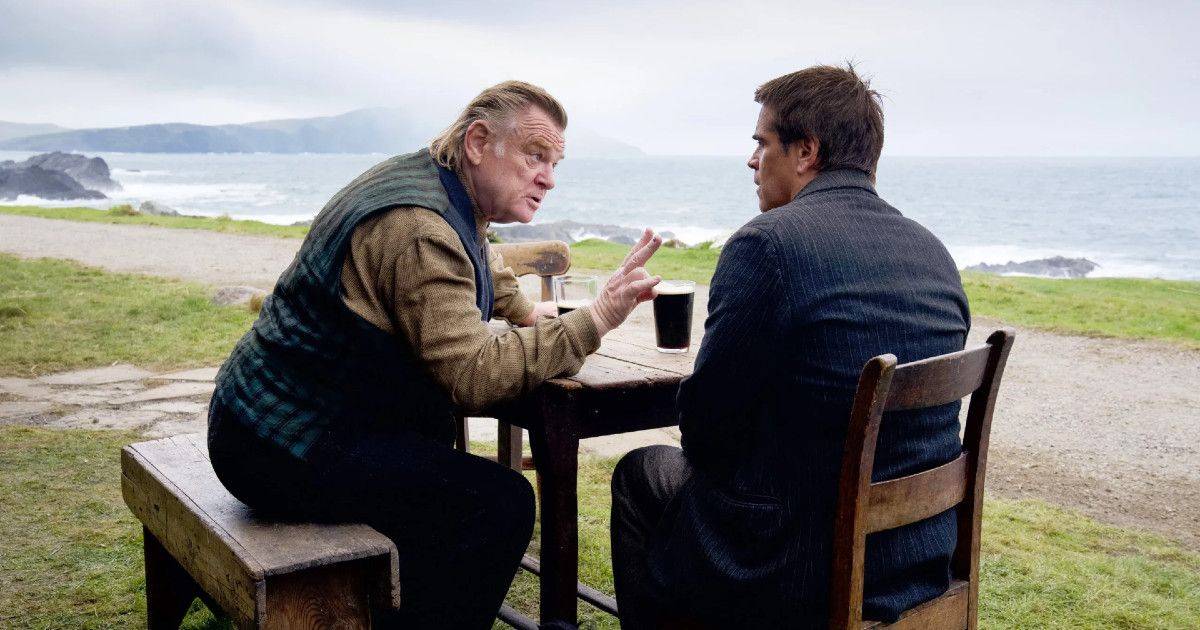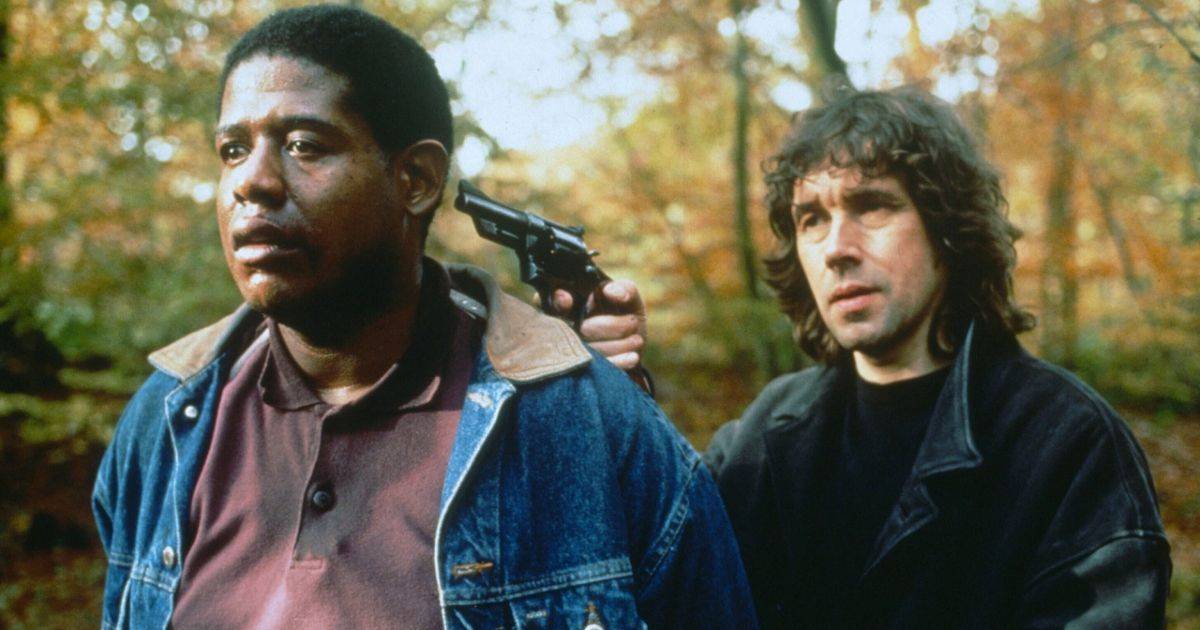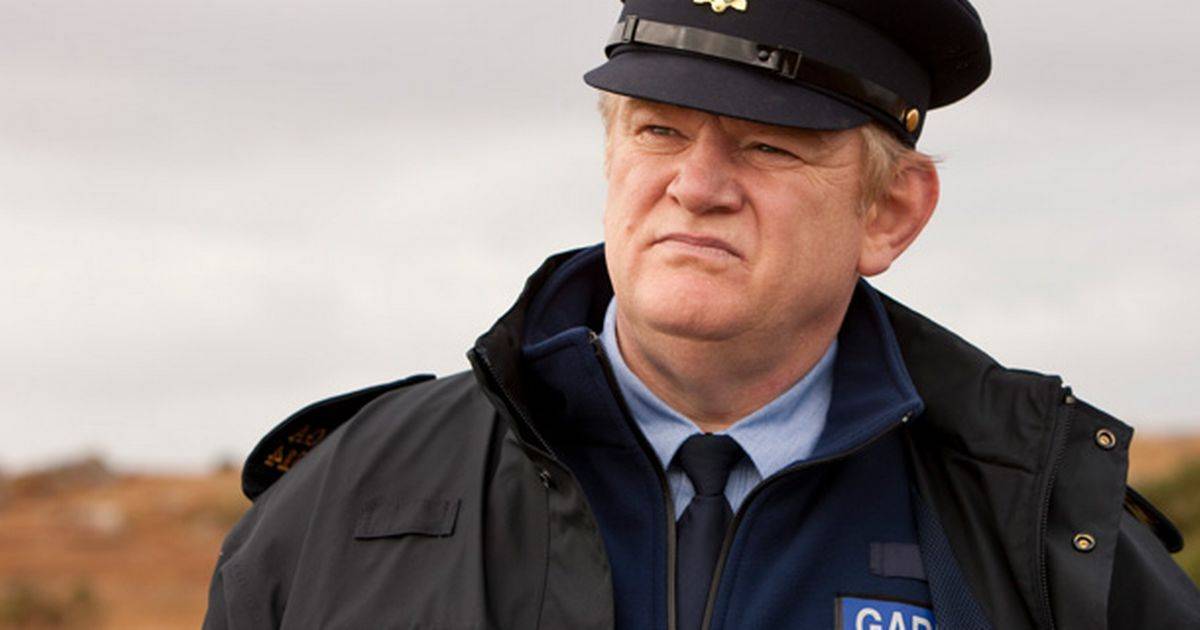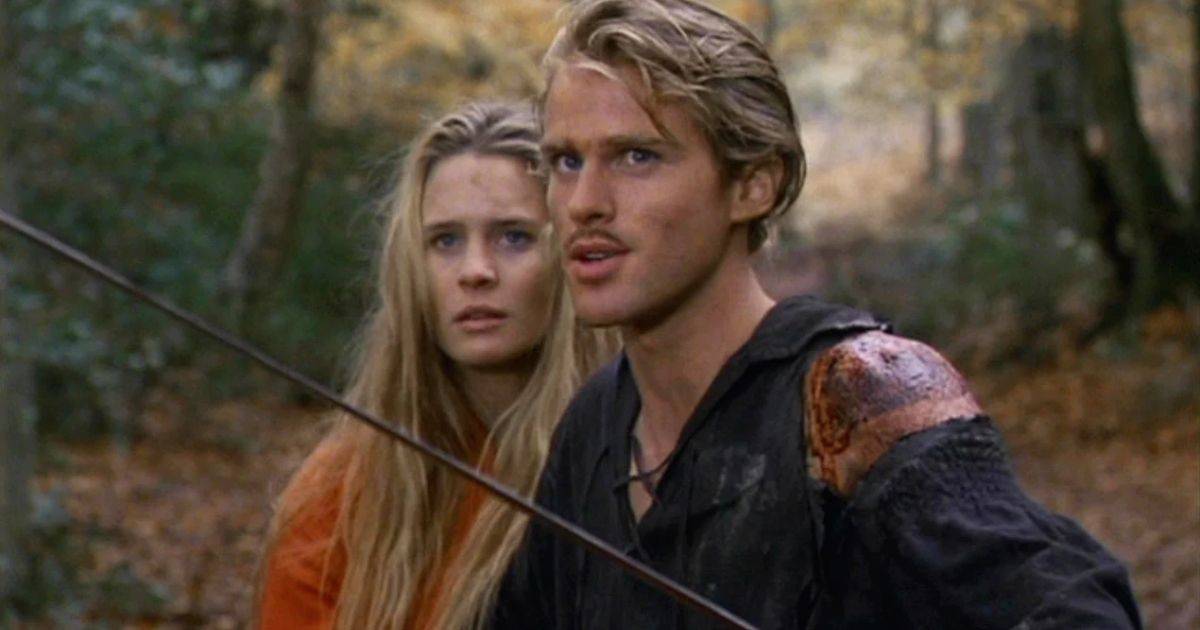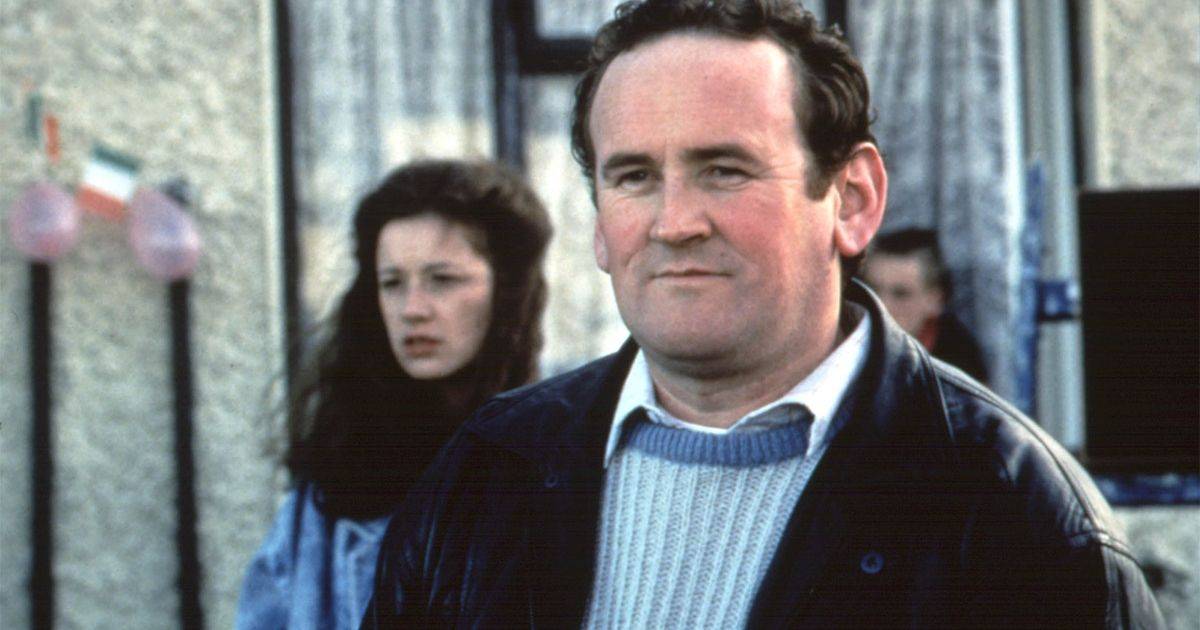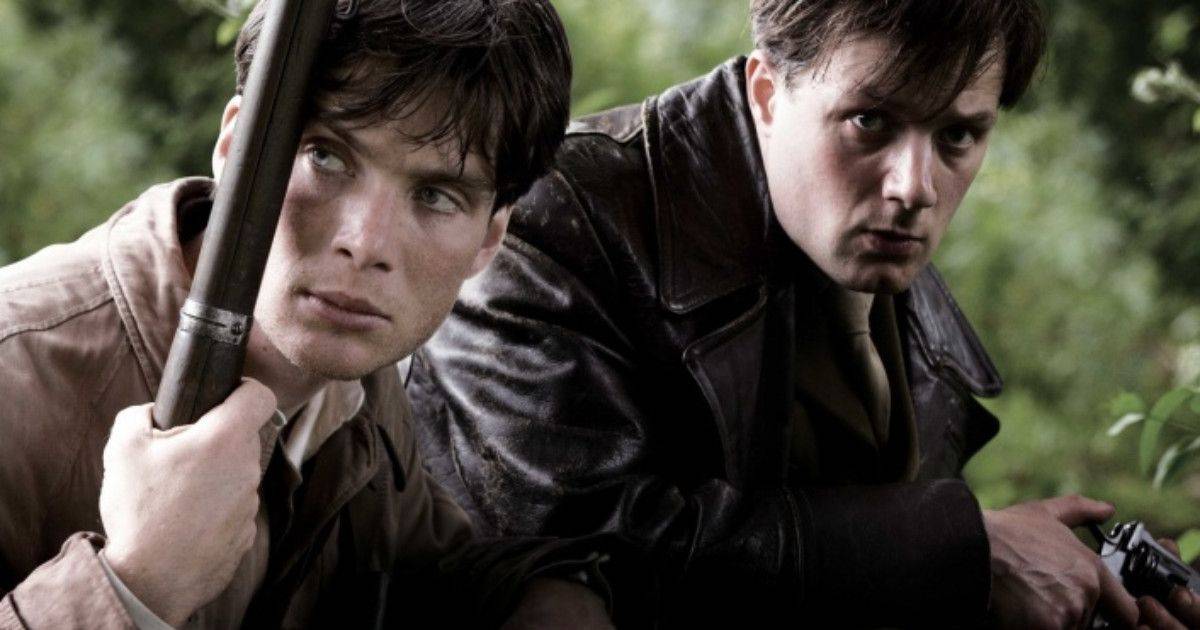Since 1910, when The Lad from Old Ireland became the first American film to be made on location outside of the United States, Ireland has a long history as a filming site. Since then, the picturesque villages, crumbling castles, and bustling cobblestoned towns of Ireland have served as the background for hundreds of films, both domestically and internationally made, ranging from historical epics to sci-fi operas. In addition, the nation has produced a number of outstanding performers, such Cillian Murphy and Colin Farrell, who have built successful careers in the United States while continuing to perform in Irish shows.
The Banshees of Inisherin’s recent success served as a reminder of the country’s incredibly beautiful landscapes and distinctive stories, which have ranged in subject matter from small-town tales to accounts of Ireland’s protracted struggle for independence from British monarchal rule and the ensuing conflict between its Catholic and Protestant factions. The country has created a wide range of filmmaking genres, from musicals to children’s fantasy films, always preserving a national identity at their centre, despite the fact that these disputes have been constantly recurring.
Given the decades of internal strife brought on by events like the Irish Civil War and the Troubles, Ireland’s proud film history has undoubtedly included an above-average share of political films. Though they are by no means the only topics covered in Irish filmmaking, they have long attracted acting and directing talent from outside of Ireland’s borders. Similar to this, some of the most well-known American movies have made use of Ireland’s welcoming tax incentives and local production teams to give the country’s distinctive landscape a significant position in American cinema history. The most well-known movies ever made in Ireland are listed here.
Belfast
Belfast was a coming-of-age story that was set during the Troubles and focused on the oppression of Protestant families in a Catholic-dominated neighbourhood of the Northern Irish city. Buddy (Jude Hill), a young kid, was trying to lead a normal life while riotous violence was erupting around him. The movie, which is actor-turned-director Kenneth Branagh’s love letter to his childhood, appeared to be inspired by Roma with its atmospheric, black-and-white rendering of the turbulent time. The soundtrack for the movie is performed by rock & roll great Van Morrison, who is also from Belfast. An elderly Dame Judi Dench and Ciarán Hinds who play Buddy’s grandparents give heartwarming performances.
Braveheart
Ironically for its depiction of a well-known period in Scottish history, Braveheart made extensive use of Ireland’s tax incentives and lush green countryside to shoot the most of its scenes, particularly at the ruins of Trim Castle in County Meath. While the use of Irish locations during filming caused some controversy at the time, the finished product was praised for its accuracy in depicting the time period and helped Mel Gibson win Best Director and Best Picture at the 68th Academy Awards, despite being criticised for historical inaccuracies.
Brooklyn
In Hanna, where the teenage actress played a trained killer on the run, Saoirse Ronan first won the attention of American viewers. Before being cast in a role that would define her career, Brooklyn, the Irish actress born in America, Ronan, continued to shine in supporting roles in the early 2010s. In a romance story that chronicles the post-war immigration experience of many Irish expats who sought greener pastures in America, Ronan received an Oscar nomination for Best Actress for the part, which followed her character from Enniscorthy, Ireland, to Brooklyn, NY.
Hunger
Hunger, the horrific directorial debut of British filmmaker Steve McQueen, focused on the 1981 Irish hunger strike. Due to the excruciating demonstration of IRA member Bobby Sands (Michael Fassbender) valiantly starving himself to obtain human rights concessions from the British government for Irish inmates, a movie with only a 90-minute running length has rarely felt so long. Given the actor’s unsettling weight reduction for the role, the movie probably would have won Fassbender more than a few prizes if it hadn’t had such a limited release. In a memorable, 17-minute one-shot sequence starring Fassbender and Liam Cunningham (of Game of Thrones fame), it did win McQueen the Camera d’Or at Cannes and rates among the best single-scenes of continuous dialogue ever shown on screen.
In the Name of the Father
the jail movie from Northern Ireland The Guildford Four were men who were wrongfully imprisoned for the bombing of a pub that resulted in the deaths of four police officers. Their story is told in the second film by Irish director Jim Sheridan and actor Daniel-Day Lewis, titled In the Name of the Father. Another outstanding movie about Ireland’s past emerged as a result, and Day-Lewis and Pete Postlethwaite, who were both nominated for Oscars for their performances, made a particularly memorable couple. The motivational film was another in a long line of exceptional Irish prison movies, and Day-Lewis once again put in one of his taxing method acting performances, this time spending time in a cell and going through interrogations to better understand Gerry Conlon’s actual experience.
Michael Collins
Michael Collins, which focused on the laborious and bloody foundation of an independent Irish Republic during British colonial authority in the early 20th century, is the only movie that truly gets the blood of Irish people flowing. Liam Neeson, who recently received an Oscar nomination for his performance in Schindler’s List, played Collins. Neeson brought all the bravado of the real-life soldier-turned-political-hero who helped Winston Churchill secure a treaty of armistice, making him both adored and despised in his homeland by civilly warring factions of the fledgling Irish Republic. Although Neil Jordan’s movie didn’t appeal to enough audiences to bring in big bucks at the box office, it has since become the most beloved Irish movie. It’s an epic of epic proportions with a surprisingly diverse supporting cast of foreign actors, including Julia Roberts and homegrown hero Brendan Gleeson.
My Left Foot
Daniel Day-Lewis won his first Best Actor Oscar in 1990 for his portrayal of Christy Brown in the film My Left Foot, a writer and painter with disabilities who achieved fame and notoriety despite having cerebral palsy that limited his use of his left foot. The lion of Irish cinema, director Jim Sheridan, transported the audience into the impoverished home of Brown’s family and demonstrated the lengths his mother Bridget (Brenda Fricker) went to in order to raise her son. Day-Lewis gave the part his exhausting method acting approach, staying in character throughout filming to the point where the cast and crew had to feed and move the actor around to finish his scenes. Hugh O’Conor’s acting, who played Christy Brown as a little kid in an extraordinarily poised performance for a child actor, is frequently overlooked by Day-Lewis’ award-winning role.
Once
With its premiere, the Dublin-based musical romance Once, which only had a $150,000 budget, became a worldwide phenomenon. The movie made use of the skills of Glen Hansard and Markéta Irglová, whose song “Falling Slowly” won the 2008 Oscar Award for Best Original Song and went on to become the most popular Irish musical ever. It is one of the most lauded Irish movies ever created, with a 97% rating on Rotten Tomatoes.
Saving Private Ryan
Beginning with Curracloe Beach in County Wexford, Ireland, which served as a stand-in for the 1944 landing at Omaha Beach, Saving Private Ryan was shot in a number of sites throughout the UK and the European mainland. In an effort to reflect the U.S. Army men’ experience storming the strongly guarded beaches truthfully, director Steven Spielberg spent four hard weeks filming the famed D-Day fight scene, which resulted in one of the largest and bloodiest war scenes ever. To replicate the massive magnitude of the great fight, this reconstruction made use of hundreds of extras, including amputees and local Irish Army personnel. The movie demonstrates how Ireland has a long history of welcoming foreign films.
Sing Street
Using The Commitments as its musical inspiration, Sing Street told the story of a frequently mistreated young man from Dublin’s inner city and his aspirations to form a band. Conor, the band’s leader, is portrayed by Ferdia Walsh-Peelo in a performance that belies his young age. The coming-of-age story is enhanced by a sensitive adolescent love story and some outstanding musical performances. The movie garnered a 95% rating on review aggregate Rotten Tomatoes and numerous nominations for awards season.
Star Wars: The Last Jedi
By using Brow Head and the Skellig Islands to create a stony, otherworldly expanse as the location of the fictional Temple Island, where Luke Skywalker (Mark Hammil) was living in self-imposed exile, Star Wars: The Last Jedi may have made the best use of Ireland’s breathtaking coastal counties for filming. The British Isles have been used in many Star Wars movies over the years, but the Skellig Islands’ setting played a part all by itself, enhancing the dramatic effect of Skywalker’s seclusion. Even though the movie’s quality is one of the most widely contested in the Star Wars canon, it is nevertheless eerily unforgettable in large part because of Luke Skywalker’s island of stone-bound Jedi solitude.
The Banshees of Inisherin
Martin McDonagh, whose film The Banshees of Inisherin garnered accolades and honours, is one of the few directors who successfully adapt a small-town Irish drama for American audiences. The movie, which was brilliantly acted by Brendan Gleeson and Colin Farrell and shot on location in coastal Irish communities like Inishmore and Achill Island, is a love letter to the time period in Ireland shortly following the Irish Civil War in 1923. Although the movie had all the typical Irish drinking culture and folk music hallmarks, its surprise plot shift towards the macabre generated a particularly dark comedy. It also stands as one of Colin Farrell’s greatest roles for its humour and unrestrained misery.
The Commitments
The Commitments, a musical comedy directed by the late Alan Parker who, despite his English heritage, helped create a uniquely Irish story about a soul music fan who attempts to put together a band of unknown young talent in Dublin to revive a 1960s sound, is one of many novels by Irish author Roddy Doyle that have been adapted for films over the years by 20th Century Fox. The live music performances in the film, which were expertly staged and highlighted by the soulful voice of the band’s lead vocalist Andrew Strong, who has since gone on to a successful music career, were praised by critics.
The Crying Game
Neil Jordan is the director of The Crying Game, a thriller set during the Troubles in Northern Ireland, and Michael Collins, two of the most renowned (and remarkably different) movies in Irish history. When doing so was unheard of, Jordan dared to include a trans character and plot point. Given the perspective from which the event is delivered and the ensuing discriminatory response by society at large, which was more interested in this film’s trans revelation than the critically praised film itself, some have condemned Jordan’s movie as being transphobic (which won the Academy Award for Best Original Screenplay). In fact, Jaye Davidson’s outstanding, Oscar-nominated performance became a hot topic in pop culture, even getting parodied in Ace Ventura: Pet Detective, and it may have been cruelly to blame for the brave actor’s eventual departure from acting.
The Guard
In the Irish buddy cop movie The Guard, Brendan Gleeson, who has grown to be one of the country’s greatest acting gems, stars opposite Don Cheadle as an FBI agent looking into a drug trafficking case in Ireland. The two performers have chemistry similar to Eddie Murphy and Nick Nolte in 48 Hours, and the intricate plot of the movie takes unexpected turns, revealing the two characters to be initially at odds before forging an appealing friendship that propels the story.
The Princess Bride
The humorous fantasy tale from Rob Reiner The Princess Bride was the result of a collaboration between some of the most influential artists of the 1980s in their respective disciplines. The movie even included music by Dire Straits guitarist Mark Knopfler and a performance from Andre the Giant at the height of his wrestling popularity. Reiner and screenwriter William Goldman were both at the height of their talents at the time. The outcome was one of the most well-liked comedies of the decade, which was filmed on location in the UK and featured Cary Elwes’ portrayal of the Dread Pirate Roberts’ (Cary Elwes) epic ascent and fight with Inigo Montoya on Ireland’s famed Cliffs of Moher (Mandy Patinkin).
The Secret of Roan Inish
American director John Sayles has one of the most diverse filmographies, alternating between acting, directing, and writing. The Secret of Roan Inish, an Irish/American co-production based on mythical Scots-Irish folk tales about Selkies, or seal-women, kidnaps the infant brother of the main character Fiona (Jeni Courtney) during Roan Inish’s evacuation at the height of World War II, and is arguably his best work as a writer and director. It is still considered to be one of the greatest mythological children’s stories to come out of Ireland because of the stunning physical effects that give the movie a feel and an intimacy that are difficult to replicate in the modern world of CGI-based filmmaking.
The Snapper
Another Roddy Doyle book was turned into a movie, and The Snapper was a showcase for Colm Meaney, one of Ireland’s most successful screen actors. Meaney filmed a hilarious made-for-TV comedy picture for the BBC, which later gained considerable fame in the United States after being released in theatres. At a time when extramarital pregnancies weren’t widely accepted in Ireland, the novel focused on an undesired pregnancy and the ensuing mayhem while drawing attention to different Irish sensibilities. When Meaney made a string of cameos in movies like The Last of the Mohicans, The Commitments, and a protracted spell as a regular cast member on Star Trek: The Next Generation, he was at the height of his career.
The Wind That Shakes the Barley
The Wind That Shakes the Barley, another outstanding film about the Irish War of Independence, focuses on the conflict from a rural perspective as it follows two County Cork brothers who join the IRA’s campaign against British rule. The movie, starring Cillian Murphy, who recently gave an outstanding performance in Batman Begins, centres on the strategic resistance that is forming in the Irish countryside in an effort to preserve the Irish language and culture despite the brutal encroachment of Black and Tan soldiers in these regions. Because it was the largest attempt at Irish sovereignty during that illustrious history and in some ways the culmination of 700 years of British monarchical persecution, this time period is widely depicted in movies.
Waking Ned Devine
Waking Ned Devine, one of Ireland’s most well-known comedies, is an irreverent comedy about the attempt to profit from a dead man’s winning lottery ticket, a crime that goes off the rails and involves the entire hamlet in the dubious scam. Kirk Jones, an English director who later directed Nanny McPhee and the follow-up to My Big Fat Greek Wedding, made his directorial debut with the film, which serves as a lesson of how greed gone awry affects the lives and loves of the local residents.

